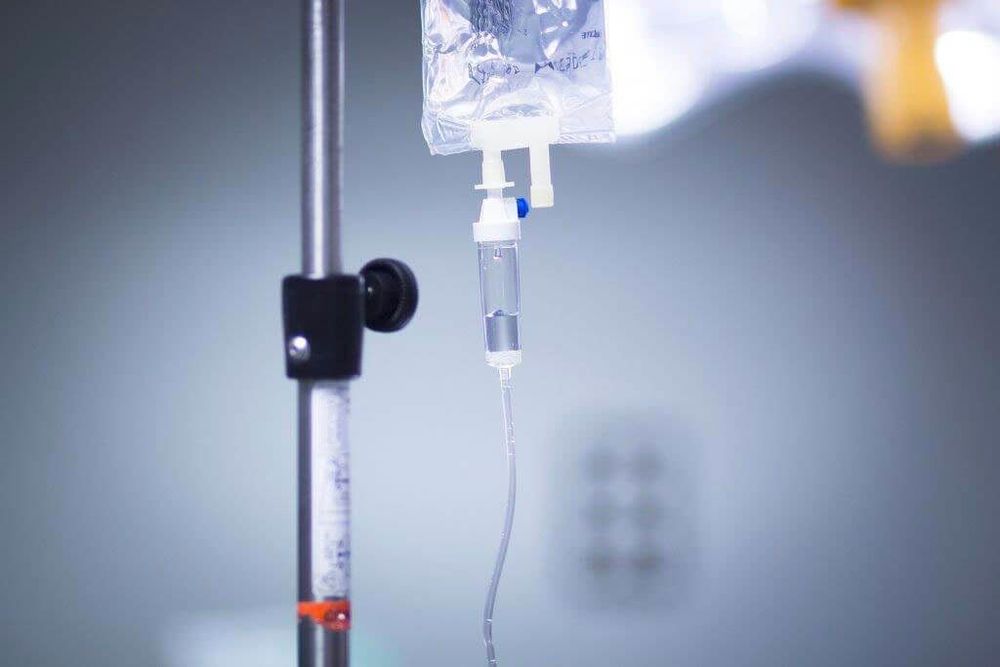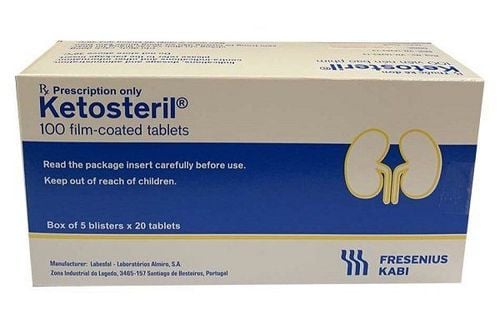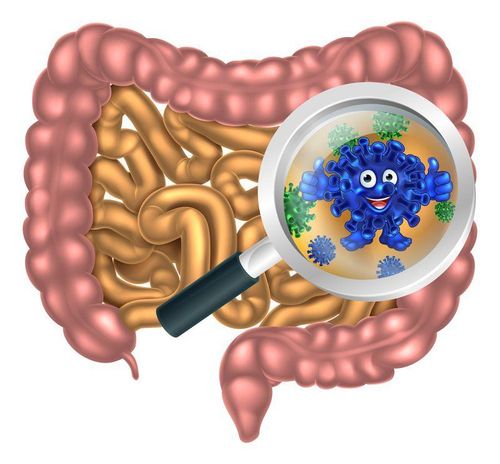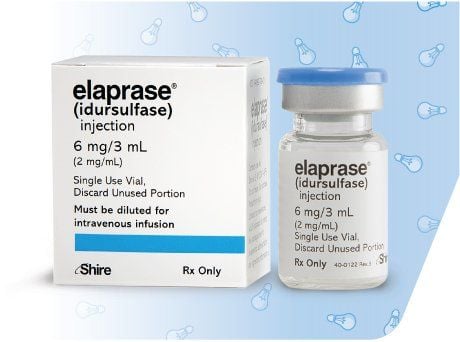This is an automatically translated article.
Beta-ketothiolase deficiency disease is an inborn metabolic disorder. The disease is chromosomally inherited due to a mutation in the T2 gene (ACAT1) located on the long arm of chromosome 11 (11q22.3-q23.1) encoding the enzyme acetoacetyl CoA thiolase, also known as beta enzyme. -ketothiolases.1. Mechanism of beta-ketothiolase deficiency disease
The mechanism of beta-ketothiolase deficiency disease is due to disruption of isoleucine degradation leading to an increase in 2-methylacetoacetate (2MAA), 2-methyl 3 hydroxybutyrate (2M3HB), tigglyglycine (TIG), in which 2MAA and 2M3HB can be damage the cerebral cortex.At the same time, the disease also disrupts the process of breaking down ketone bodies (AcAc, 3HB) leading to hyperketosis, causing ketoacidosis. From there, affecting the homeostasis of metabolism, causing damage to many organs that can lead to death, as well as not providing the raw materials of the Krebs cycle, resulting in a lack of energy for the body's activities.
2. Clinical symptoms
The common clinical feature of beta-ketothiolase deficiency disease is exacerbation of ketoacidosis in which the patient is asymptomatic between exacerbations.Acute attacks are common between the ages of 5 and 24 months. Acute attacks are rare in the neonatal period. The disease usually begins after an infection such as: Enteritis, respiratory infection, stress, prolonged fasting or eating too much protein.
Manifestations of acute attacks are symptoms of ketoacidosis such as:
Kussmaul rapid breathing Dehydration Disorders of consciousness: At first arousal followed by lethargy and coma. If left untreated, the patient can die. Neurological symptoms of acute metabolic encephalopathy such as convulsions, dystonia, chorea, or speech disturbances are rare. The frequency of acute attacks in children decreases with age, and may not appear before adulthood.

Thở nhanh kiểu Kussmaul là một trong những dấu hiệu của bệnh thiếu enzym beta-ketothiolase
3. Manifestations of beta-ketothiolase deficiency disease
When the test has the following indicators, it is likely that you have beta-ketothiolase deficiency disease.Blood gases: pH is usually very low below 7, metabolic acidosis increases the anion gap. Ketonuria Blood sugar: May be low, normal or elevated. Blood Ammonia: A slight increase may occur. Blood lactate: Mostly normal. Urinary organic acids were quantified by the GC-MS method: Increase in 2-methyl–acetoacetate, 2-methyl-3-hydroxybutyrate, , tiglylglycine. Analysis of blood acylcarnitine by Tandem Mass: increase in C5:C1 and C5-OH. Measure beta-ketothiolase enzyme activity : Decrease T2 enzyme activity. Molecular analysis detects mutations in the T2 gene. Cranial MRI: Symmetrically increased T2 signal on both sides of the medial capsule and posterior forearm.
4. Diagnosis of beta-ketothiolase enzyme deficiency disease
4.1 Confirmed diagnosis Clinical manifestations of acute ketoacidosis alternating periods of no symptoms. Increased 2-methyl-3-hydroxybutyrate, tiglyglycine, 2-methyl–acetoacetate in urine. Decreased enzyme T2 activity. T2 gene mutation 4.2 Differential diagnosis Diabetic ketoacidosis: Blood sugar increased, HbA1C increased. Renal tubular acidosis: Anion gap is not increased, no ketones in urine. Deficiency of beta-ketothiolase enzyme: There was no increase in 2-methyl-3-hydroxybutyrate, tiglyglycine, 2-methyl-acetoacetate in urine, persistent ketonuria even after clinical symptoms disappeared and after eating. Glycogen and Glucose synthesis deficiency: No increase in urinary 2-methyl–acetoacetate, 2-methyl-3- hydroxybutyrate, , tiglylglycine.5. Treatment methods

Truyền glucose là một trong những phương pháp điều trị bệnh thiếu enzym beta-ketothiolase
5.1 Glucose Infusion Glucose infusion is an essential first step that not only helps to reduce the production of ketone bodies that cause metabolic acidosis, which is toxic to cells, but also helps to supply the cells with missing energy. Glucose infusion dose is 10mg/kg/min. If blood glucose is high > 11 mmol/l, it is necessary to combine intravenous insulin infusion (0.03 - 0.1 UI/kg/hour) and blood glucose monitoring every 1 hour to adjust. Glucose infusion until ketosis is no longer present. 5.2 Compensate for metabolic acidosis Compensate for metabolic acidosis when pH < 7.1. The amount of Bicarbonate should only be compensated by 1⁄2 of the deficiency calculated in BE according to the following formula: Compensation according to the formula: X(mEq) = 0.3 x P x BE.
X: Amount of Sodium Bicarbonate to compensate. P: Patient weight. BE: Excess alkalinity. At first, 1 mmol/kg can be infused over 30 minutes, the remaining amount is slowly compensated continuously over the following hours [2]. The fluid for acidosis is 4.2% Bicarbonate (2ml=1mEq) diluted with 5% glucose, the rate of compensation is 0.35-0.5 mEq/kg/hour, up to 1-2mEq/kg/hour.
5.3 Blood ammonia-lowering drugs The use of ammonia detoxifiers to treat hyperammonemia is Sodium phenylacetate and sodium benzoate (Ammonul).
Indicated when the amount of ammonia in the blood increases higher than 200 μmol/l with a dose of 250mg/kg/24 hours continuous intravenous infusion. When blood ammonia is more than 300 μmol/l, dialysis should be prepared.
When ammonia is above 500 μmol/l, dialysis is indicated urgently. The current trend is to use continuous dialysis to remove toxins.
5.4 Symptomatic treatment Respiratory support when the patient has hyperventilation (acidic tachypnea), mechanical ventilation with CO2 holding mode.
5.4.1 Rehydration, electrolytes Patients often have dehydration status due to tachypnea acidosis and primary disease. Rehydration is calculated according to the patient's need and dehydration status.
5.4.2 When Hypokalemia Hypokalemia is common in metabolic acidosis due to bicarbonate replacement. When serum potassium is <2.5mmol/l, intravenous potassium replacement should be given with a potassium concentration of 40-80 mmol/l at a rate of 0.3-0.5 mL/kg/hour for 4 hours. Pay attention not to compensate for potassium at a fast rate. When serum potassium is <3.5 mmol/l, oral or intravenous potassium replacement therapy can be given with a potassium concentration of ≤ 40 mmol/l at a rate <0.3 mmol/kg/hour.
Treatment of comorbidities is essential because this is the cause of the onset of the acute attack. These causes are usually respiratory or gastrointestinal infections.
5.4.3 Antipyretic Fever will increase metabolism in the body so ensuring normal body temperature for metabolic patients is very important.
5.4 Long-term treatment In addition to the treatment of acute attacks above, long-term treatment is also important. Protein-restricted diets vary from patient to patient.
Any questions that need to be answered by a specialist doctor as well as if you have a need for examination and treatment at Vinmec International General Hospital, please book an appointment on the website to be served.
Please dial HOTLINE for more information or register for an appointment HERE. Download MyVinmec app to make appointments faster and to manage your bookings easily.
SEE MOREThe dangers of congenital metabolic disorders Metabolic disorders in infants: What you need to know Metabolic disorders in babies: What you need to know













